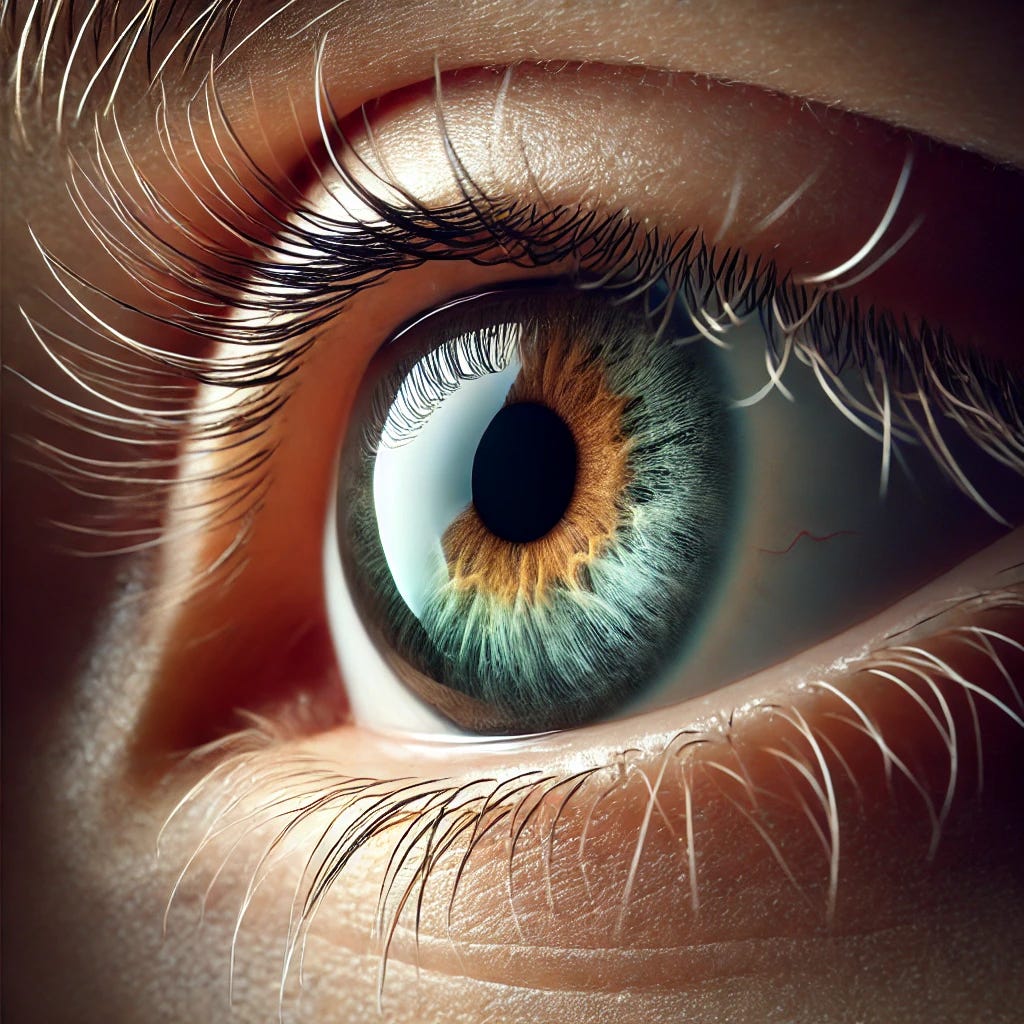💊 Corticosteroids and Cataracts: What You Need to Know
Please hit the ❤️ at the top or bottom of this email to help others discover All About Vision With Dr. Kondrot. Your subscription directly supports my ongoing humanitarian work—delivering free eye surgeries and care where it's needed most.
By Dr. Edward Kondrot | All About Vision
🧠 Story at a Glance
Corticosteroids—used to treat inflammation, pain, and autoimmune conditions—can increase the risk of cataract formation, especially posterior subcapsular cataracts (PSC).
The risk rises with long-term use, higher doses, and systemic (oral or injected) delivery.
Even eye drops, nasal sprays, and inhalers can contribute to cataracts over time.
If you're using steroids for a chronic condition, it's critical to monitor your lens health regularly.
The good news: with awareness and early action, you can slow or prevent cataract progression—and protect your sight.
👁️ What Are Corticosteroids?
Corticosteroids are powerful anti-inflammatory drugs used to treat a wide range of conditions, including:
Arthritis
Asthma
Lupus
Uveitis (eye inflammation)
Allergies
Skin conditions
Autoimmune diseases
They’re available in many forms:
Oral tablets (like prednisone)
Injections
Inhalers
Eye drops
Nasal sprays
Topical creams
They can be life-changing. But they come with side effects—especially when used over long periods.
🌫️ How Do Corticosteroids Cause Cataracts?
The exact mechanism isn’t fully understood, but here’s what we know:
Corticosteroids interfere with the normal metabolism of lens cells.
They increase oxidative stress and may disrupt lens protein structure.
Over time, this leads to posterior subcapsular cataracts—a type that forms at the back of the lens and often causes blurry vision, glare, and poor night vision.
📈 Who’s Most at Risk?
You may be at increased risk of cataract development if you:
Use oral or injected steroids for more than a few months
Are on high doses of corticosteroids
Have autoimmune diseases or chronic eye inflammation
Use steroid eye drops for glaucoma or uveitis
Take inhaled steroids (especially at high doses for asthma/COPD)
Even low-dose, long-term use can lead to cataracts in susceptible individuals.
🔎 What Are the Symptoms to Watch For?
Cataracts caused by corticosteroids often progress faster than age-related cataracts.
Watch for:
Difficulty reading or recognizing faces
Glare or halos around lights
Trouble driving at night
Foggy or cloudy vision
Vision that doesn’t improve with new glasses
🧭 What You Can Do
If you’re using corticosteroids, here’s how to protect your vision:
✅ Get regular eye exams—including a dilated lens check at least once a year
✅ Discuss alternatives with your physician if you're on long-term steroids
✅ Use the lowest effective dose for the shortest duration possible
✅ Support your lens health with proper hydration, antioxidant-rich nutrition, and blood sugar control
✅ Limit UV and blue light exposure—wear protective eyewear outdoors and during screen use
✅ Avoid smoking, which significantly increases cataract risk



